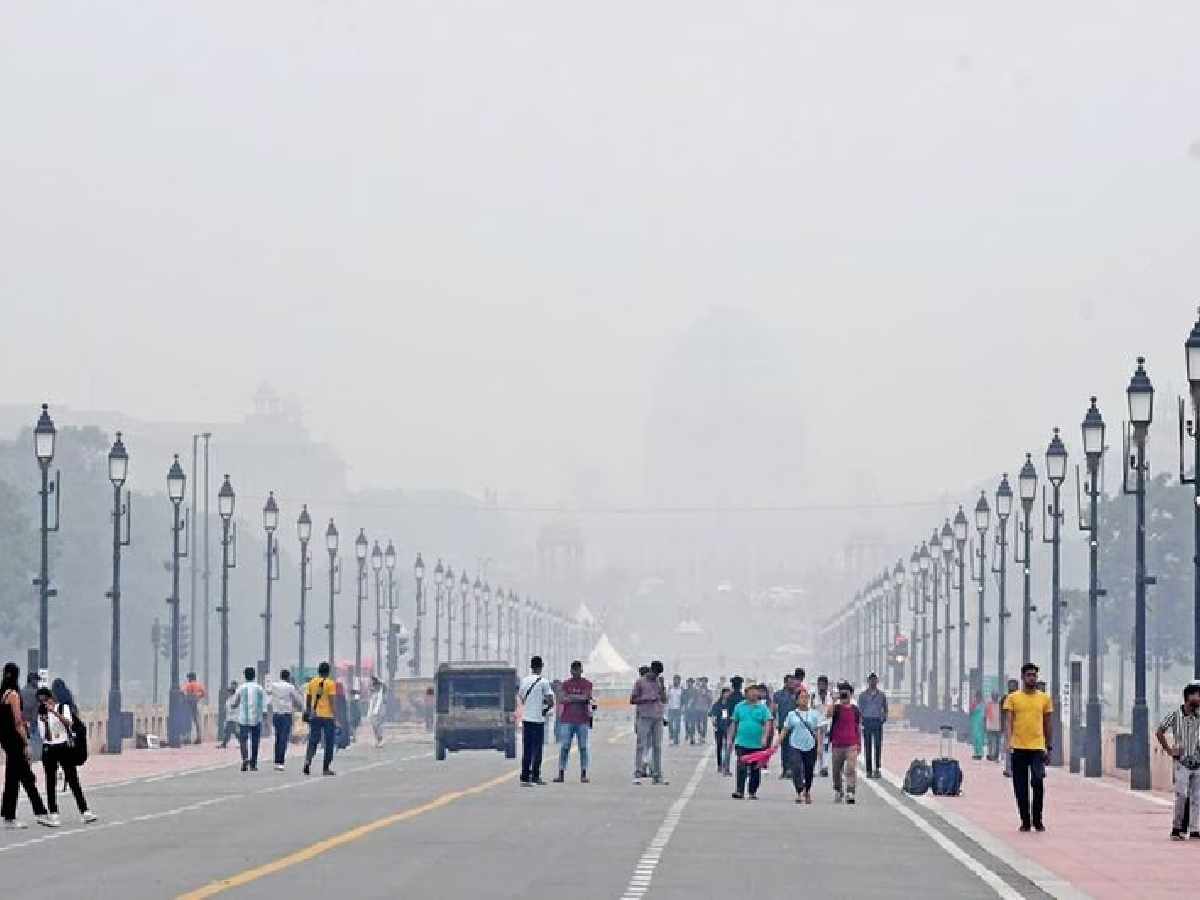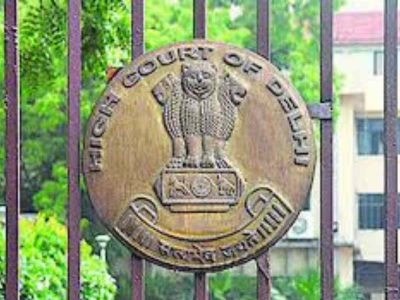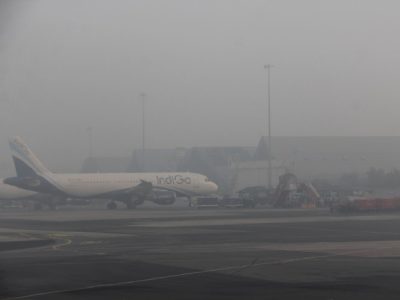Delhi recorded a minimum temperature of 14.2 degrees Celsius on Sunday, according to the India Meteorological Department (IMD). The humidity level was 81% at 8:30 AM. The weather department has forecast clear skies during the day, with the maximum temperature expected to reach 28 degrees Celsius.
At 9 AM, Delhi’s Air Quality Index (AQI) stood at 133, placing it in the ‘moderate’ category, as per data from the Central Pollution Control Board (CPCB). The AQI scale categorises air quality from ‘good’ (0-50) to ‘severe’ (401-500).
The city experienced rainfall on Saturday, with the minimum temperature settling at 16.6 degrees Celsius. Delhi recorded 2 mm of rainfall in the past 24 hours, with Safdarjung receiving 1.8 mm, Palam 1.0 mm, and Pitampura 4 mm.
As winter comes to an end, Delhi has recorded its lowest monthly average AQI for February at 214, according to CPCB data. While this indicates an improvement in air quality, experts warn that particulate matter pollution remains above the National Ambient Air Quality Standards (NAAQS) and World Health Organisation (WHO) guidelines. Ozone levels have also increased compared to previous years. While the safe limit for ozone concentration is set at 100 µg/m³ for an 8-hour average, CPCB data shows that the frequency of near-threshold levels has risen. In January and February this year, ozone concentrations exceeded 90 µg/m³ for 37 hours, a sharp rise from previous years when such levels were recorded only a few times.
On Saturday, Delhi recorded its lowest AQI of 2025, with an average AQI of 121, the best air quality recorded during January-February in the last three years. In comparison, the monthly average AQI for February 2024 was 220, while in 2022, it was 225. The average AQI for 2025, up to February 28, stands at 262, making it the second-best in recent years after 2022’s 253.
Also Read: Maharashtra’s bond with Nutan Marathi School: A legacy of cultural pride
The number of ‘Good to Moderate’ air quality days (AQI below 200) between January and February has also been among the highest in recent years. In both 2025 and 2024, there were 14 such days, compared to 12 in 2019, nine in 2020, four in 2021, 15 in 2022, and 12 in 2023.
Despite these improvements, rising ozone levels remain a concern, as they pose serious health risks. Experts continue to monitor pollution trends and stress the need for sustained efforts to improve Delhi’s air quality.





